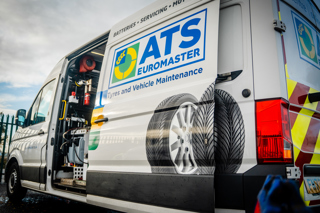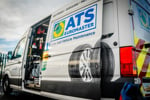A quarter of UK businesses do not conduct regular safety checks on vehicles used for business purposes, research from TomTom Telematics has found.
The study, conducted among senior managers at 400 UK businesses, also found that although the large majority of businesses (89%) check driver documentation – such as licence and insurance details – only 43% do this more than once every six months.
Fifteen per cent of respondents admitted their organisations only check documentation when a new employee joins, and do not schedule follow-up checks.
Beverley Wise, director UK & Ireland at TomTom Telematics, said: “Ensuring vehicles and drivers are roadworthy is a fundamental requirement for any organisation that expects employees to drive for business purposes.
“If organisations are to safeguard employees and protect themselves from risk, it is important to have comprehensive systems in place not only for ensuring checks are conducted frequently but also to ensure findings are properly recorded and acted upon where necessary.”
Three-fifths (60%) of those who check driver documentation still do so manually, with the remainder conducting electronic checks.
In the specific case of companies operating grey fleets – vehicles owned by employees but used for business purposes – 21% do not conduct any checks on drivers’ insurance documentation.
Wise added: “Since the paper counterpart to the photocard licence was abolished more than two years ago, endorsements and disqualifications have only been recorded electronically.
"Therefore, businesses should strongly consider moving from manual to electronic checks to ensure they are building a more comprehensive picture on driver risk.
“Ultimately, businesses need to keep on top of the process to ensure they have all the relevant information they need.
"Technological systems can help in this respect by setting schedules and notifications for checks and collating results.
"Telematics also helps facilitate the move to a more proactive approach to vehicle safety by reporting fault codes, allowing maintenance to be conducted before problems become serious.”





















Login to comment
Comments
No comments have been made yet.